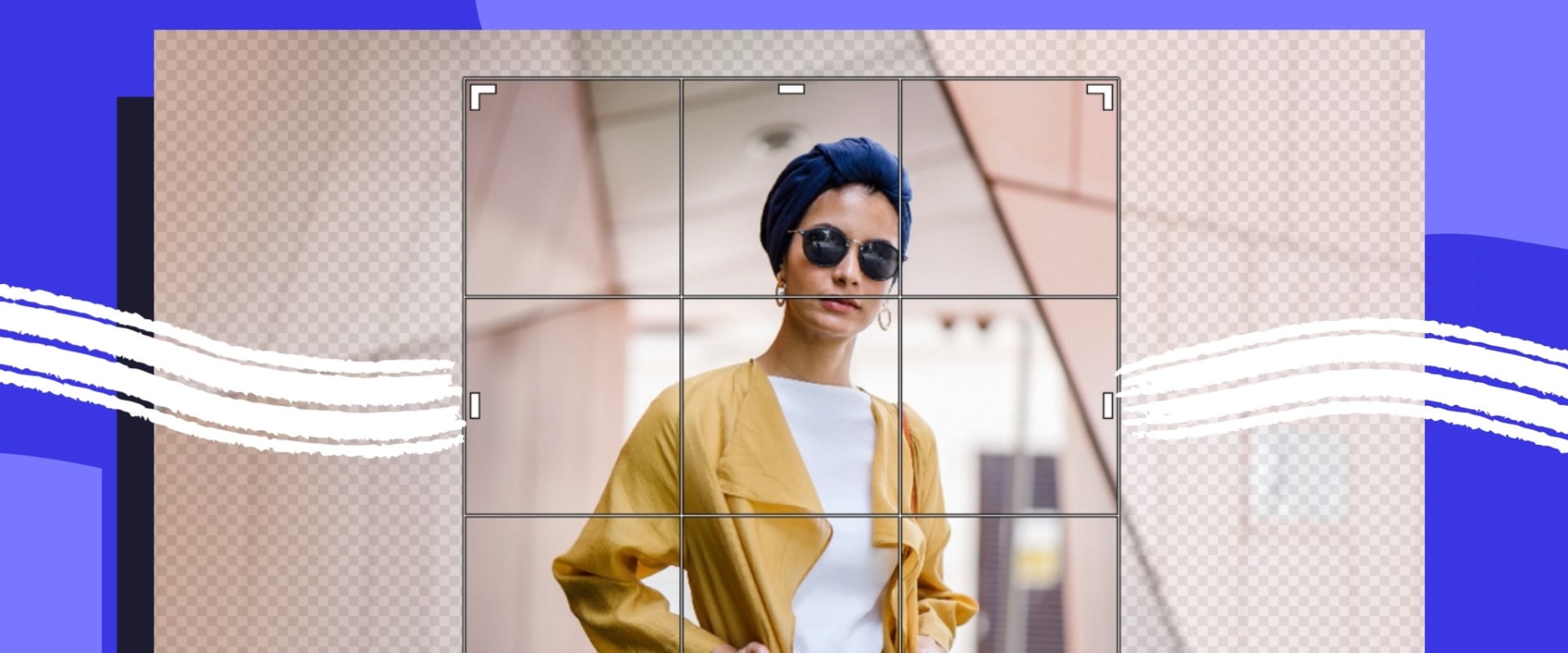Are you tired of spending hours searching for the perfect image for your website or blog? Look no further! Free stock images are a great resource for adding high-quality visuals to your content without breaking the bank. However, understanding image size and resolution is crucial to optimizing your images for SEO and ensuring they look their best on any device. In this article, we'll provide you with tips on how to use free stock images effectively and explain the importance of image size and resolution. So, let's dive in and learn how to make the most of these valuable resources for your online content. In today's digital age, images play a crucial role in capturing the attention of readers and website visitors.
Whether it's for personal or commercial use, finding high-quality images that are both visually appealing and free can be a challenge. When searching for free stock images, it's important to understand the difference between image size and resolution. Image size refers to the physical dimensions of an image, while resolution refers to the amount of detail and clarity within an image. Both factors play a significant role in the quality of an image and how it will appear on different platforms.
For those looking to use free stock images for personal or commercial purposes, it's essential to choose images with a high resolution and appropriate image size. This will ensure that the images are clear, visually appealing, and suitable for their intended use. For example, if you plan on using the image for social media, you may want to choose an image with a higher resolution to prevent pixelation when viewed on larger screens.It's also important to consider the file format of the image when downloading from a free stock photo website. JPEG is the most commonly used format, as it provides high-quality images with relatively small file sizes.
However, if you plan on editing the image, it's recommended to choose a format that allows for more flexibility, such as PNG or TIFF.Another factor to consider when using free stock images is the source. There are various options available, such as public domain images or free stock photo websites. Public domain images are images that are not subject to copyright and can be used freely without attribution. On the other hand, free stock photo websites offer a wide range of high-quality images that can be used for personal or commercial use, but may require attribution or have certain restrictions.When it comes to SEO, using high-quality images can also improve your website's ranking.
This is because search engines like Google consider image size and resolution when determining the relevance and quality of a webpage. By using high-quality images with appropriate image size and resolution, you can potentially improve your website's visibility and attract more visitors.In summary, understanding image size and resolution is crucial when using free stock images for personal or commercial purposes. It's essential to choose images with high resolution and appropriate image size, as well as consider the file format and source of the image. By following these tips, you can effectively use free stock images to enhance your website's visual appeal and improve its SEO.
Importance of High Resolution Images
In today's digital age, images play a crucial role in capturing the attention of readers and website visitors.When using free stock images, it is important to choose those with high resolution for optimal results. This is because high resolution images have more detail and clarity, making them more visually appealing and professional-looking. Additionally, high resolution images are essential for SEO as search engines favor websites with high-quality images. By using high resolution images, you can improve your website's search engine ranking and attract more traffic.
So when searching for free stock images, always prioritize those with high resolution to ensure the best results for your website.
Finding Free Stock Images
When it comes to using images for your online content, finding high-quality stock images that are both visually appealing and free can be a challenge. Luckily, there are many sources available that offer a wide range of free stock images for personal and commercial use. One of the most popular sources for free stock images is Unsplash, which provides a large selection of high-resolution images that are free to use for any purpose without attribution. Another great option is Pexels, which offers a variety of high-quality images that are also free to use without attribution.Pixabay
is another popular choice, offering over 1.8 million free stock photos, vectors, and illustrations. However, it's important to pay attention to the usage rights of these free stock image sources.Some may require attribution or have limitations on commercial usage, so make sure to read the terms and conditions carefully before using any images. Other options for finding free stock images include Google Images, where you can filter your search by usage rights, and Flickr Creative Commons, which offers a wide range of images with different usage rights. Additionally, many websites and blogs offer their own collections of free stock images, so it's always worth doing some research to find new sources. By exploring different sources for free stock images and understanding their respective usage rights, you can easily find high-quality images to use for your online content without breaking any copyright laws.
Choosing the Right Image Size
When it comes to using free stock images, one of the most important factors to consider is the image size. The size of an image can greatly affect its quality and appearance, which in turn can impact the overall effectiveness of your content. Therefore, it's crucial to understand the different sizes available and how they can impact the quality of an image.The first thing to consider when choosing the right image size is the purpose of the image. Is it for a blog post, social media post, or website banner? Each platform may have different size requirements, so it's important to do your research and choose an appropriate size that will display well on the platform you intend to use it on. Another factor to consider is the resolution of the image. Resolution refers to the number of pixels in an image and can greatly affect its clarity and sharpness.
Higher resolution images are generally better for printing or larger displays, while lower resolution images may work better for online use. In addition, file size is also something to keep in mind when choosing an image size. Larger images will have a bigger file size, which can impact the loading time of your website or social media post. It's important to strike a balance between having a visually appealing image and a manageable file size.
Lastly, it's important to consider the aspect ratio of an image. This refers to the proportional relationship between the width and height of an image. Choosing an image with the correct aspect ratio will ensure that it displays properly and doesn't appear stretched or distorted. Overall, choosing the right image size is crucial for optimizing your content for SEO and creating a visually appealing experience for your audience.
By considering factors such as purpose, resolution, file size, and aspect ratio, you can ensure that your images are of the highest quality and effectively enhance your content.
Optimizing Images for SEO
In today's digital age, having a strong online presence is crucial for businesses and individuals alike. With search engine optimization (SEO) being a key factor in increasing website visibility and driving traffic, it's important to understand how image size and resolution can impact your website's ranking. Search engines like Google consider various factors when determining the relevance and ranking of a website, and images are no exception. In fact, images can greatly influence SEO, as they not only enhance the visual appeal of a website but also provide important information about its content. This is why optimizing images for SEO is a crucial step in improving your website's search engine ranking. One of the main ways that image size and resolution can affect your website's SEO is through page load speed.Larger images with high resolution can significantly slow down a webpage, leading to a poor user experience and ultimately affecting your website's ranking on search engines. This is because search engines prioritize websites that have faster loading times, as they provide a better user experience. Additionally, using large images with high resolution can also increase the file size of your webpage, which can negatively impact the crawlability of your site. Search engine crawlers may have difficulty indexing large image files, which can result in lower visibility on search engine results pages. To optimize images for SEO, it's important to find a balance between image size and resolution. Using smaller, compressed images with the appropriate resolution can help improve page load speed and reduce file size, ultimately improving your website's search engine ranking.
It's also important to use descriptive file names and alt tags for your images, as this provides additional context for search engines. There are many free stock image websites available that offer high-quality images with varying sizes and resolutions. Some popular options include Pexels, Unsplash, and Pixabay. When using these images, make sure to check their size and resolution before downloading and uploading them to your website. In conclusion, understanding the importance of image size and resolution when using free stock images is crucial for optimizing your website for SEO. By finding the right balance between size and resolution and using descriptive file names and alt tags, you can improve your website's search engine ranking and attract more visitors to your site. By understanding the importance of image size and resolution, you can effectively use free stock images to enhance your website's visual appeal, improve its SEO, and attract more visitors.
Remember to choose high-resolution images with appropriate sizes, consider the file format and source, and optimize them for SEO to get the best results.












